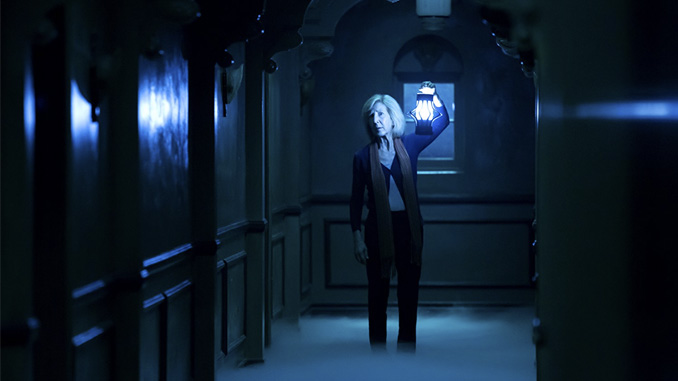
Many moons ago, I set out to watch and review the first three Insidious movies in anticipation of the then-upcoming release of Insidious: The Last Key. I got through the first two films before abandoning my mission. Naturally, I’d since forgotten exactly why, so I asked my editor, Ric, if he had any idea. “Probably because of how much you vehemently hated Chapter 2,” he proffered.
Oh. Yeah, that sounds about right.
Well, this past weekend, I decided to pretend like it hasn’t been almost three months since I set out to do this, and I watched Insidious: Chapter 3. And heads up: for the purposes of this review, I’m mostly going to pretend that The Last Key doesn’t exist because I haven’t seen it.
My main takeaway after Chapter 3’s credits rolled was this: Insidious is a really odd horror series. For a horror franchise in which each film has been controlled by mostly the same creative team, each installment has been very different in vibe, albeit with the same persistent “slow-burn” type of tone throughout.
Leigh Whannell has penned each of these three Insidious scripts, with directorial duties for the first two chapters going to longtime collaborator James Wan and Whannel making his own directorial debut with Chapter 3. It’s unsurprising to me, then, that Whannell’s style (especially in a series with two existing blueprints) would resemble Wan’s as closely as it did. Resemble, but not exactly replicate.
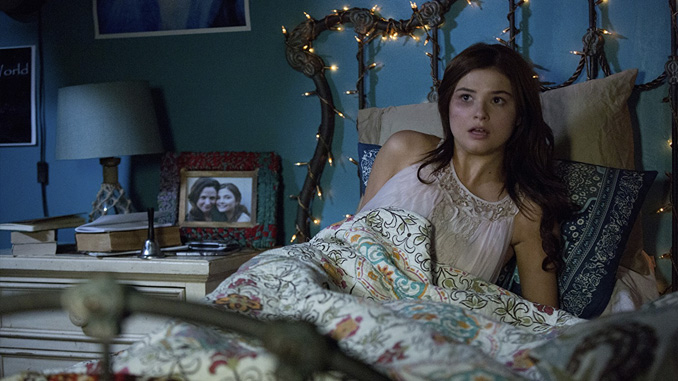
Wan has a specific penchant for taking the slower, non-scare moments in his films’ scripts and deliberately slowing them way, way down beyond that. When it doesn’t quite hit, his films can feel long or like they’re dragging. But when it works, it’s truly magical.
This is largely due to how well Wan controls his physical spaces. Within those expanded moments are ambitious camera tracking shots, creative and distinct framing that builds anticipatory terror within its beholders. It’s a conscientiously developed skill that Wan has been cultivating throughout his career, so it’s no real surprise that Whannell didn’t quite get it right. Still, he tried hard enough that it would be odd for me not to mention it.
Taking Wan’s cues, Whannell slowed down the expository moments of his already characteristically dialogue-heavy script, but he did so without the same ambitious and creative exploration and use of his space. In some of those moments, the modest hour and a half (or so) runtime felt like an exponentially longer commitment.
In fact, on a whole this film was mostly unconcerned with using its setting to at all influence the story. Aside from a few dreamscapes and jaunts into the Further, the scenery was mostly unimportant. If I didn’t have the first two films to compare it to, I may not have noticed what now feels like a large tonal discrepancy.
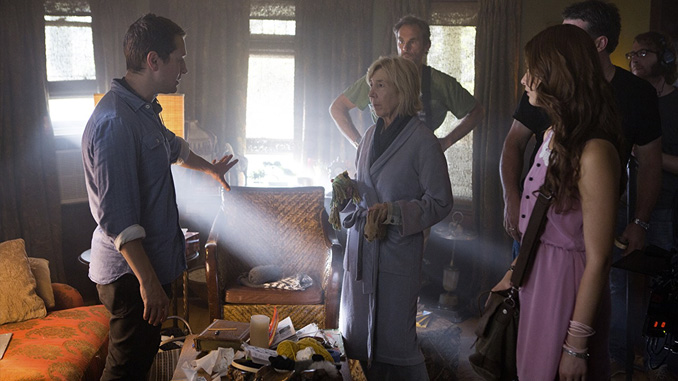
To me, these are great examples of what you get when a predominant director is at the helm of the first two films and the predominant screenwriter is at the helm of the third. It’s a clear difference in actualized vision, made extra apparent because of all of Whannell’s nods to Wan in trying to keep with the established vibe of the series. The result here is something that just feels a tad…off.
All of that said, there were a lot of things that I liked about this movie. Unlike Chapter 2, this film really felt like it did have a followable plot throughout. I figure that’s at least partially because this film ditched the timeline of the first two films and jumped backward to prequel territory, but hey—if it works, it works.
A lot of the scares in this film were really effective, too, with jump scares feeling less like cheap tricks and more like well-crafted spooks that authentically got you. With that, all of the monsters were also very effective. I really liked the character design of the demons and of the demon’s slaves. They maintained a lot of the humanness of the monsters in the previous films, but with an added layer of polish and more room to work within longer scenes.
Light touches, like the goopy footprints, masked demon, and dark figure waving to Quinn from the distance, were great and helped build out the atmosphere, too. I felt very engaged during all of the exciting parts of the film.
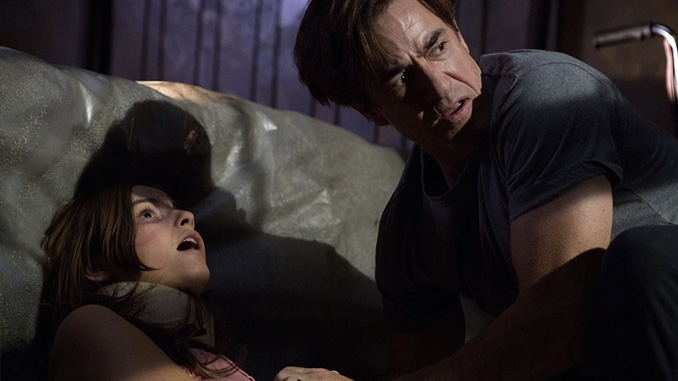
On the flipside, there were a lot of parts of Chapter 3 that didn’t really do it for me—basically, all of the non-exciting parts. First, after the opening scene with Quinn and Elise, nothing substantial or meaningful really happens for at least another 40 minutes of the film. In this case, 40 minutes is half of the entire runtime. That’s way too much leeway to ask of your audience for somewhat meaningless exposition, especially in the horror genre.
Summatively, my time watching Insidious: Chapter 3 was spent oscillating back and forth between really liking it and thinking that it was really actually very boring. I’m not exactly sure where that puts me now that it’s all over, but I’d say I’m probably somewhere in the nebulous middle. If I ever figure it out for sure, I’ll let you know.

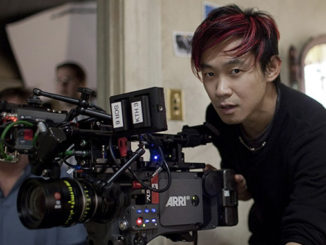
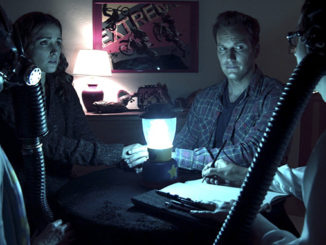
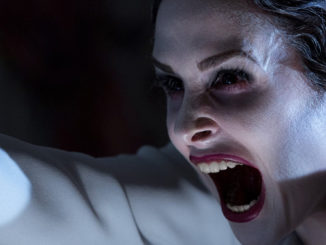
Be the first to comment